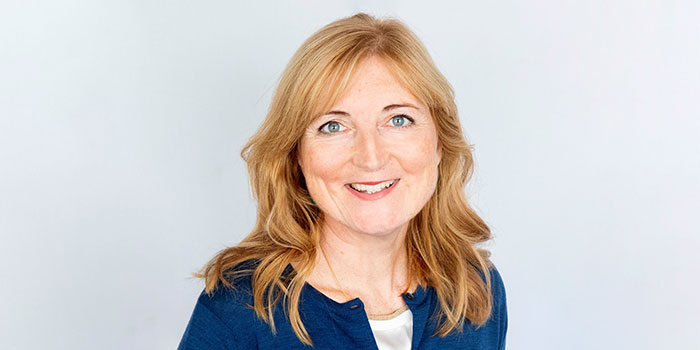1) What is Jazz Pharmaceuticals Nordics focusing on in the Medicon Valley region and the Nordics?
We focus on bringing innovative treatments to people living with serious and rare neurological and oncological diseases, and their families. And we focus on doing it in partnership with others. We are a small team in the Nordics and if we want to bring real transformation to these patients, we need to work in broad collaboration with relevant organizations and stakeholders, and this mindset permeates everything we do.
When you work with rare disease, the patient populations are small and to get a critical mass on clinical expertise and knowledge sharing, and to attract clinical trials, a coordinated Nordics approach might be instrumental. This is why we have joined MVA and where we believe that we can create value together with others. With a growing number of available therapies for rare conditions, a joint Nordic approach could perhaps also be interesting from a payor perspective, to explore HTA assessments and negotiations.
2) Jazz is not your typical name for a pharmaceutical company. What’s the story behind it?
It’s the idea of collaboration and teamwork that is behind the name. No one can play jazz alone, but a combination of structured improvisation, collaboration and personal excellence can transform passion into music, or, in our case, value for the patients we work for.
We work hard to develop innovative treatments for people living with serious and rare diseases, but that alone won’t do it. We must work together across industries and stakeholders to truly make a difference.
Oh, and the music thing is very much alive in the company – our CEO Bruce often plays his piano at all-staff meetings instead of just talking.
3) You have recently hosted a conference for professionals working in care homes for people with intellectual disabilities. Can you tell us a bit about that?
It’s a perfect example of how we believe in partnering with relevant stakeholders to solve individual challenges.
More than 20% of people living with intellectual disability also suffer from epilepsy. That’s around 60 000 people in the Nordics. We know that this group of patients has poor access to healthcare and that excess mortality is more than 40 times higher compared to the general public. Furthermore, it has been demonstrated that this number could be much lower with improved preventive healthcare and treatment of epilepsy.
We saw that one way forward in this challenge was an initiative that can help improve basic knowledge of epilepsy and elevate the dialogue around how epilepsy is handled in care homes, so we decided to host a conference for professionals working in these homes. After the conference, two of the hosts, both leading figures within epilepsy care in Denmark, started the Epilepsy Network that now has ~100 members, and is hosted by the Danish Epilepsy Association (Epilepsiforeningen DK)
Single initiatives or organizations can’t solve such challenges on their own in isolation. It takes a much broader and larger effort where all relevant parties collaborate. This is just one example, and we hope to be involved in many more in the years to come.
